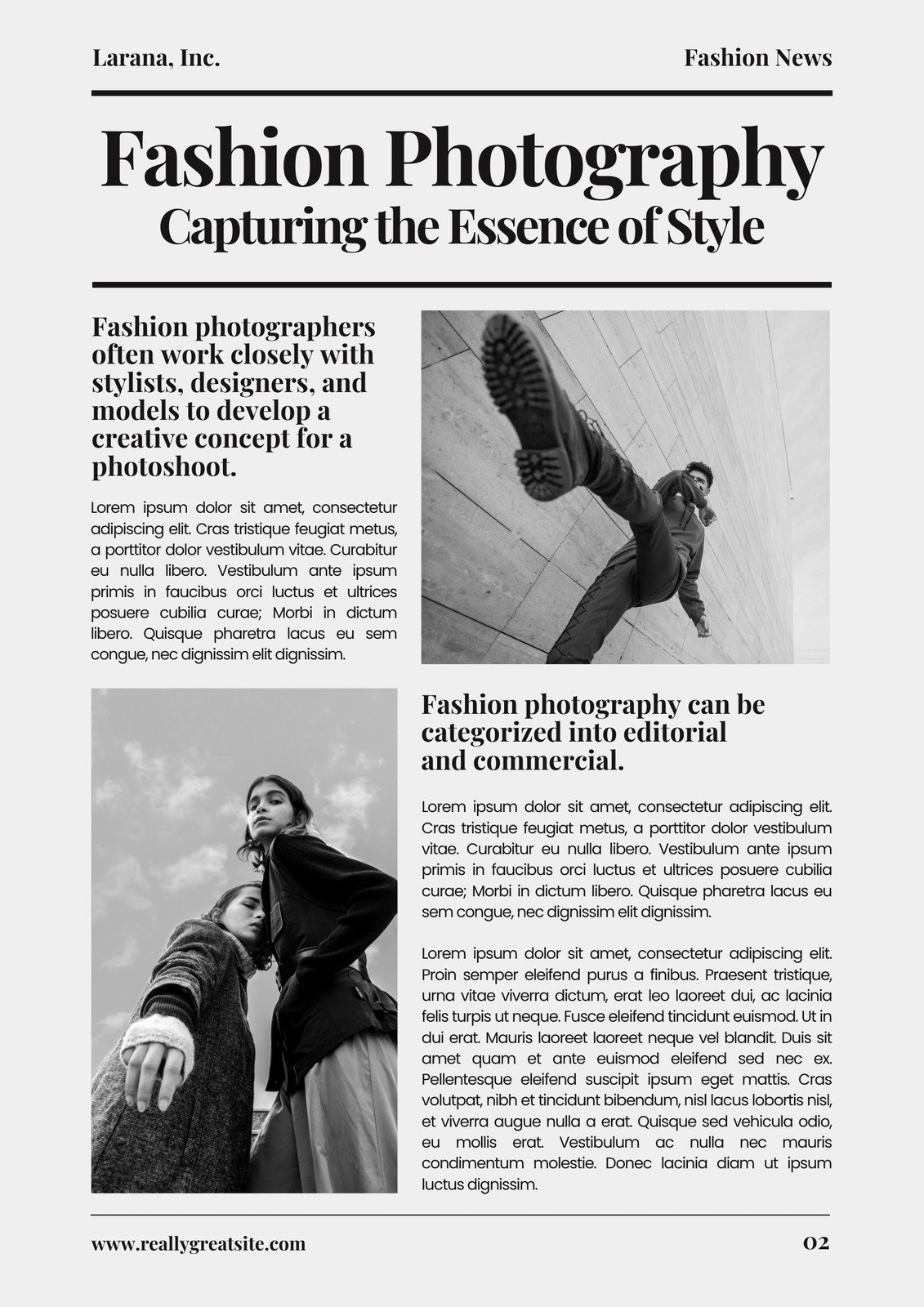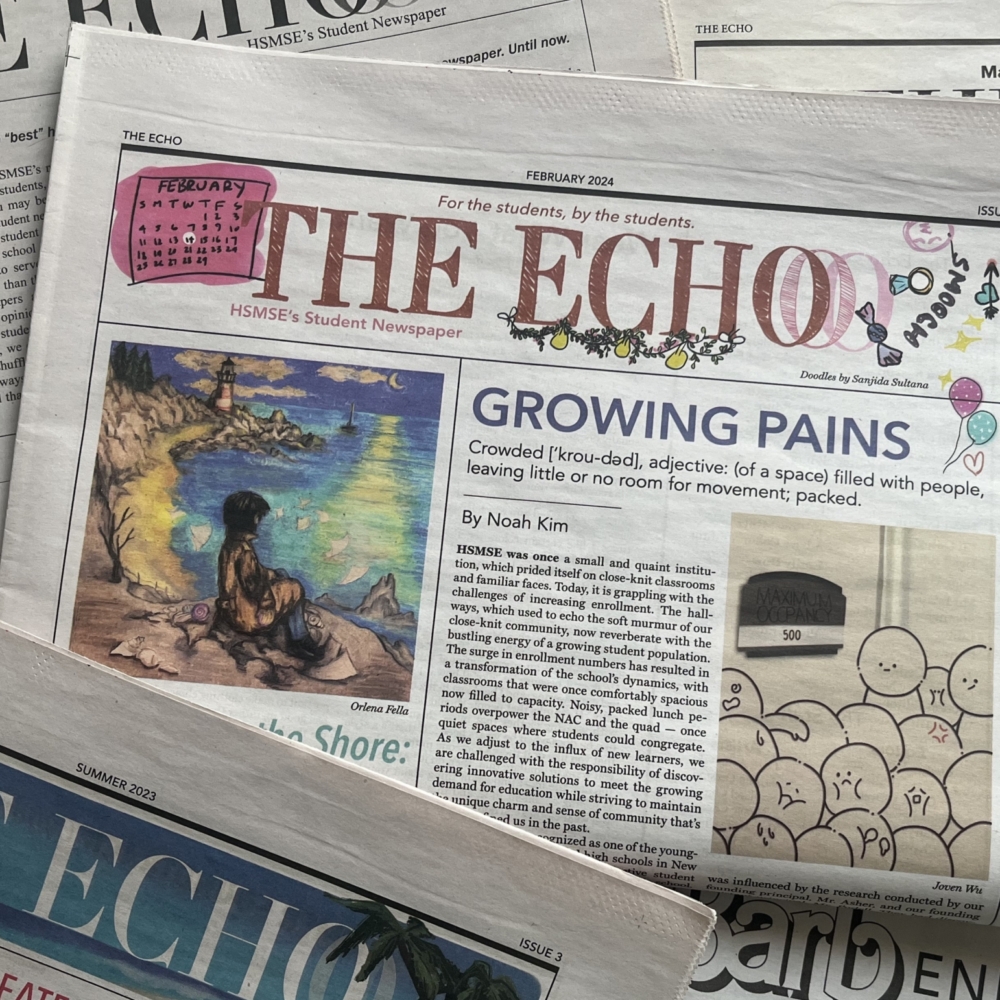Getting The News Articles To Work
Getting The News Articles To Work
Blog Article
The smart Trick of News Articles That Nobody is Discussing
Table of ContentsGet This Report about News ArticlesIndicators on News Articles You Should KnowSee This Report on News ArticlesSome Known Questions About News Articles.How News Articles can Save You Time, Stress, and Money.
Good knowledge of various topics provides students an one-upmanship over their peers. Although digital and social networks are conveniently available, we ought to not forget exactly how vital it is to read the papers. Moms and dads need to attempt and inculcate the practice of reading a paper as an everyday regimen to continue the legacy of the adored print medium.Newspaper article additionally contain at least one of the complying with crucial features about the designated audience: closeness, importance, timeliness, human passion, peculiarity, or repercussion. The relevant term journalese is often used, typically pejoratively, to describe news-style writing. Another is headlinese. Papers usually stick to an expository writing design.
Within these restrictions, news tales additionally aim to be comprehensive. Among the bigger and much more respected papers, justness and balance is a significant aspect in offering details.
Newspapers with a worldwide target market, for instance, often tend to utilize a more official design of composing. The particular choices made by a news electrical outlet's editor or content board are frequently collected in a design guide; usual design guides include the and the United States News Design Publication. The primary goals of news writing can be summarized by the ABCs of journalism: accuracy, brevity, and clarity.
Some Of News Articles
As a regulation, journalists will certainly not use a long word when a brief one will do. They use subject-verb-object building and vibrant, energetic prose (see Grammar). They use anecdotes, instances and metaphors, and they rarely depend upon generalizations or abstract concepts. Information writers attempt to avoid utilizing the very same word extra than as soon as in a paragraph (occasionally called an "echo" or "word mirror").
Headlines occasionally leave out the topic (e.g., "Jumps From Watercraft, Catches in Wheel") or verb (e.g., "Cat lady lucky"). A subhead (additionally subhed, sub-headline, subheading, subtitle, deck or dek) can be either a subordinate title under the major headline, or the heading of a subsection of the write-up. It is a heading that comes before the major text, or a group of paragraphs of the main message.

Extra billboards of any of these kinds might show up later in the post (particularly on succeeding web pages) to attract further analysis. Such billboards are also utilized as reminders to the post in other areas of the publication or website, or as advertisements for the item in various other magazine or websites. Common structure with title, lead paragraph (summary in bold), other paragraphs (information) and call info.

Instance of a hard-lead paragraph NASA is recommending an additional room task. The spending plan requests about $10 billion for the job.
The NASA news came as the agency asked for $10 billion of appropriations for the job. An "off-lead" is the second most crucial front web page information of the day. The off-lead shows up either in the leading left edge, or directly below the lead on the right. To "bury the lead" is to start the write-up with background details or information of secondary significance to the viewers, compeling them to learn more deeply into a write-up than they need to need to in order to uncover the crucial factors.
The smart Trick of News Articles That Nobody is Discussing
Common use is that a person or more sentences each create their very own paragraph. Journalists normally define the organization or structure of a newspaper article as an inverted pyramid. The crucial and most fascinating aspects of a story are placed at the start, with supporting details following in order of diminishing relevance.
It allows individuals to discover a topic to just the deepness that their interest takes them, and without the charge of information or nuances that they can take into consideration unimportant, but still that site making that info available to much more interested viewers. The inverted pyramid visit structure additionally enables short articles to be trimmed to any type of approximate length throughout layout, to suit the area offered.
Some writers begin their stories with the "1-2-3 lead", yet there are several sort of lead readily available. This layout inevitably begins with a "Five Ws" opening paragraph (as defined over), adhered to by an indirect quote that serves to sustain a major element of the initial paragraph, and afterwards a direct quote to support the indirect quote. [] A kicker can describe multiple points: The last tale current broadcast; a "happy" story to finish the program.
Longer articles, such as publication cover posts and the items that lead the inside areas of a paper, are understood as. Feature tales differ from straight news in a number of methods.
Unknown Facts About News Articles
The journalist often details communications with interview subjects, making the item a lot more personal. A feature's very first paragraphs frequently relate an appealing minute or occasion, as in an "unscientific lead". From the particulars of an individual or episode, its sight promptly broadens to generalizations regarding the tale's topic. The area that signals what a feature is about is called the or signboard.

The Editor's Toolbox: A Recommendation Overview for Beginners and Professionals (2001) Allan M. Siegal and William G. Connolly. The New York Times Handbook of Design and Usage: The Authorities Design Overview Utilized by the Writers and Editors of the World's Most Reliable Newspaper (2002) M. L. Stein, Susan Paterno, and R.
Report this page